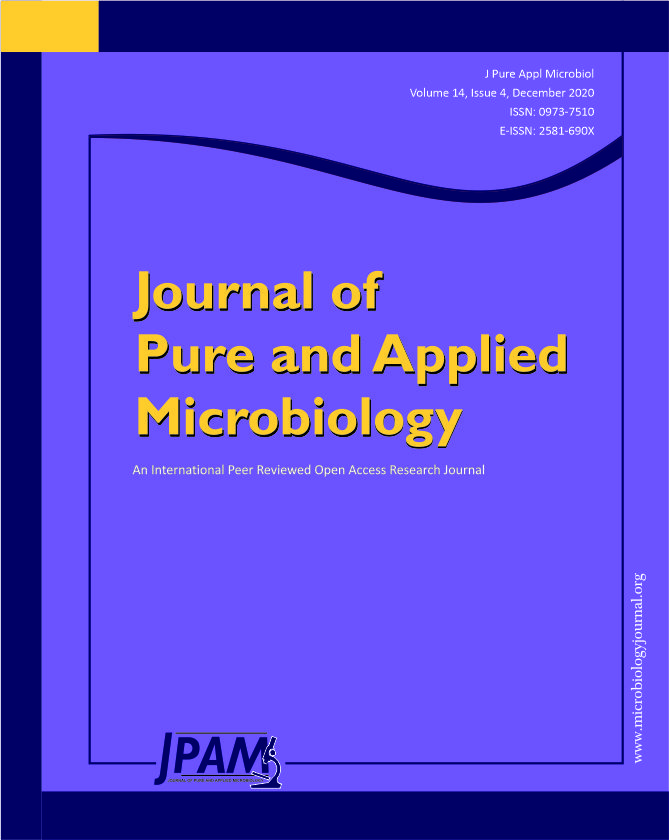Hospital-acquired bloodstream infections (BSIs) cause high mortality in the intensive care units (ICUs) compared to wards. Furthermore, the isolation of multidrug resistant (MDR) organisms in ICUs add to the gravity of the condition making the treatment a bigger challenge. The present study was aimed to evaluate the prevalence, spread, and the possible MDR organisms contributing to ICU-acquired BSI & the source of the secondary BSI in the ICUs. A prospective study was conducted in four ICU of tertiary teaching hospital over a period of six months. Patient that developed features of BSI within 48 hours after hospital admission were included in the present study Blood culture was performed by an automated BacT/ALERT®3D system. The source of secondary BSI was identified by analysing culture results for the samples other than blood. These samples were taken within 48 hours of the patient’s blood culture test being positive. A total of 50 patients (25%) had an ICU acquired bloodstream infection. Out of 50 patients, 74% of them had bacterial etiology. Thirty one patients (62%) among them developed multidrug resistant bacteraemia. Fifty six percent of Gram negative bacilli were multi drug resistant. The resistance to carbapenem was 42%. The most common MDR Gram negative isolate was identified as Klebsiella pneumoniae (n=12; 38.7%,) and the most common source was pulmonary infection (26.7% (n=12). 42% of isolates in our study were carbapenem resistant suggesting the need for a proper antibiotic policy in the ICUs. Prolonged stay in the ICU with mechanical ventilation was the critical risk factor and ICU mortality was high (38%).
Intensive care unit, bacteremia, multidrug resistant, pulmonary infection
© The Author(s) 2020. Open Access. This article is distributed under the terms of the Creative Commons Attribution 4.0 International License which permits unrestricted use, sharing, distribution, and reproduction in any medium, provided you give appropriate credit to the original author(s) and the source, provide a link to the Creative Commons license, and indicate if changes were made.


